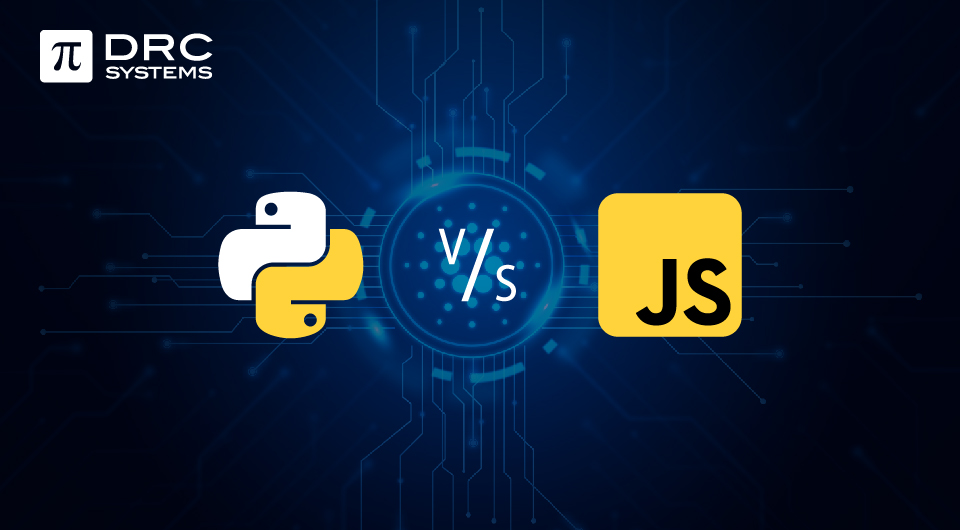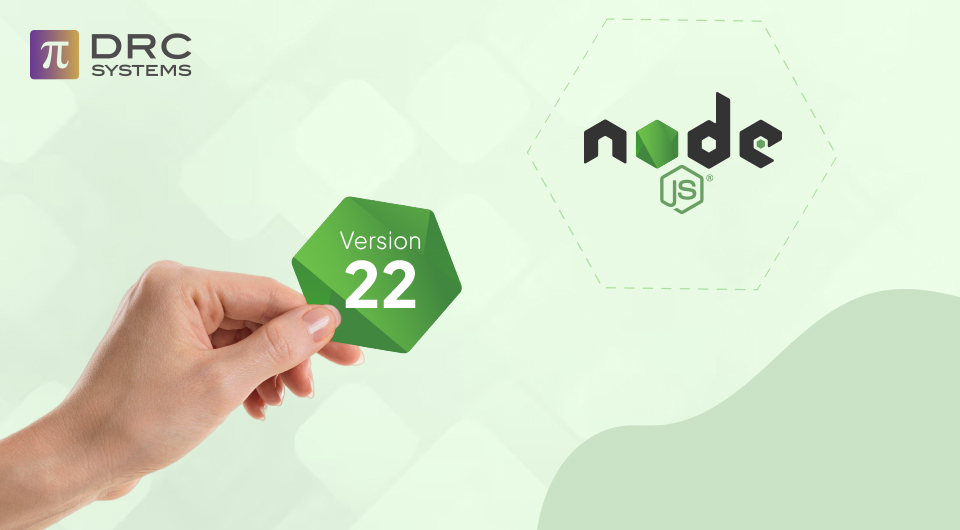Related Articles
Is A Dedicated Development Team Worth Every Penny?
Which is the best approach? Should you hire freelancers, in-house talent or a team of dedicated developers? Myth Busted!
Read The PostWeb Design 3.0 Is Here: Are You Ready For The Transformation?
Web Design 3.0 and the evolution of the web are here. Are we ready for this transformation, and will it change search engine schemas?
Read The PostUpdates and New Features in Node.js 22 You Don’t Want to Miss
Everything you should know about the latest features and improvements in Node.js 22.
Read The Post


